Approaching the camp of the Peshmerga, I realize I don’t know what to think, or ask, or even look at. Young boys and girls stand in formation, their uniforms mismatched but their postures firm. They prefer Adidas sneakers, the old fighters used to wear them. They are comfortable, but if Adidas is not possible, the closest thing works.
They train here, sleep here, dance here, love here. They fight here, in these valleys, under a flag that does not yet belong to a country of its own. Their dreams of unification and independence are laced with skepticism, but they hold on to them anyway. Perhaps because, without those dreams, what else is there?
Somehow, I got used to the smell of gasoline and the sensation of dry air in the cities. Here, in the mountains, the air is fresh and clear, so I take a deep breath. We are surrounded by hills and trees and the blue sky. Someone makes tea, always first, the tea.
“A couple of months ago, the regime bombed those peaks over there,” the soldier says while pouring the tea into the cups. “It was a warning.”
I look up. The blue sky suddenly feels less blue.
The journey of the Kurds and Kurdistan itself is too long, too complex, to explain in a few words. It would be pretentious to try. But fragments of history seep into the present, revealing themselves in gestures, in conversations, in the way people carry themselves.
We are driving between cities when we stop at one of the many checkpoints that mark travel across Kurdistan. Usually, it’s a quick process, but this time it takes a little longer. As we wait, I notice one of my companions smiling.
“What’s going on?” I ask.
He tells me that where he’s from, another Kurdistan, across another border checkpoints are places of tension, of unease, sometimes even of fear. But here, in Iraqi Kurdistan or Bashur as they call it, the soldiers wear the Kurdish flag. Just seeing that makes me happy, he says.
I wonder about what it must feel like to see your flag as a symbol of defiance, not as something recognized.
Farzim Hassan carries himself with pride and a little bit of cockiness appropriate to his age. In his hands, two rings, a golden watch, and an AK-47. The 18-year-old fighter started protesting the Iranian regime in Piranshahr, on the Iranian side of Kurdistan when he was 16, burning flags and demanding Kurdish rights. Fearing for his life and safety, Farzim smuggled himself into Iraqi Kurdistan and, like many others, joined the Kurdish Iranian opposition party known as Komala.
Kurdistan is a country with in country, a story with in a story, a secret with in a secret.
Bashur is unique among the Kurdish regions. After the Gulf War in 1991, it gained some autonomy under a no-fly zone imposed by the United States and its allies. Then came 2003, the fall of Saddam Hussein, and with it, a new era for this place that had suffered so much under his rule; chemical attacks in Halabja, mass executions, the destruction of entire villages during the Anfal campaign. But despite its autonomy, this Kurdistan remains bound to Iraq, its independence still a distant hope, a hope that flickered brightly in 2017 during the independence referendum, only to be swiftly dimmed by geopolitical reality.
The road stretches ahead, cutting through valleys that have seen promises made and broken. Towns appear and disappear along the way, their rhythm steady, tea being poured, bread being baked, old men gathered in circles of quiet conversation. I notice something small but telling: shops left unattended, their goods covered only by thin blankets. No locks, no chains. A trust that feels almost utopian, yet here, it simply exists, maybe an unspoken understanding that they only have each other.
A few nights ago, I stood among thousands celebrating Newroz, the Kurdish New Year. Fires lit the mountaintops, torches passed from hand to hand in an unbroken chain of light. People danced in long, weaving lines, their hands clasped tightly, moving as one. It wasn’t just a celebration; it was an act of remembering, of claiming something no border could erase.
No friends but the mountains, they say. But here, beneath the glow of Newroz flames, I wonder if that’s the whole story. Maybe the mountains are more than just silent witnesses. Maybe they are keepers of something, something that endures, despite history, despite everything.
As we drive on, the fires have long since burned out, but the warmth of them lingers. The mountains remain, and so do the people.
If you want to know more about Kurdistan and many other stories consider buying the third Issue of The Raw Society Magazine featuring my friend and amazing photojournalist Hawre Khalid’s “The Awkward Pause”




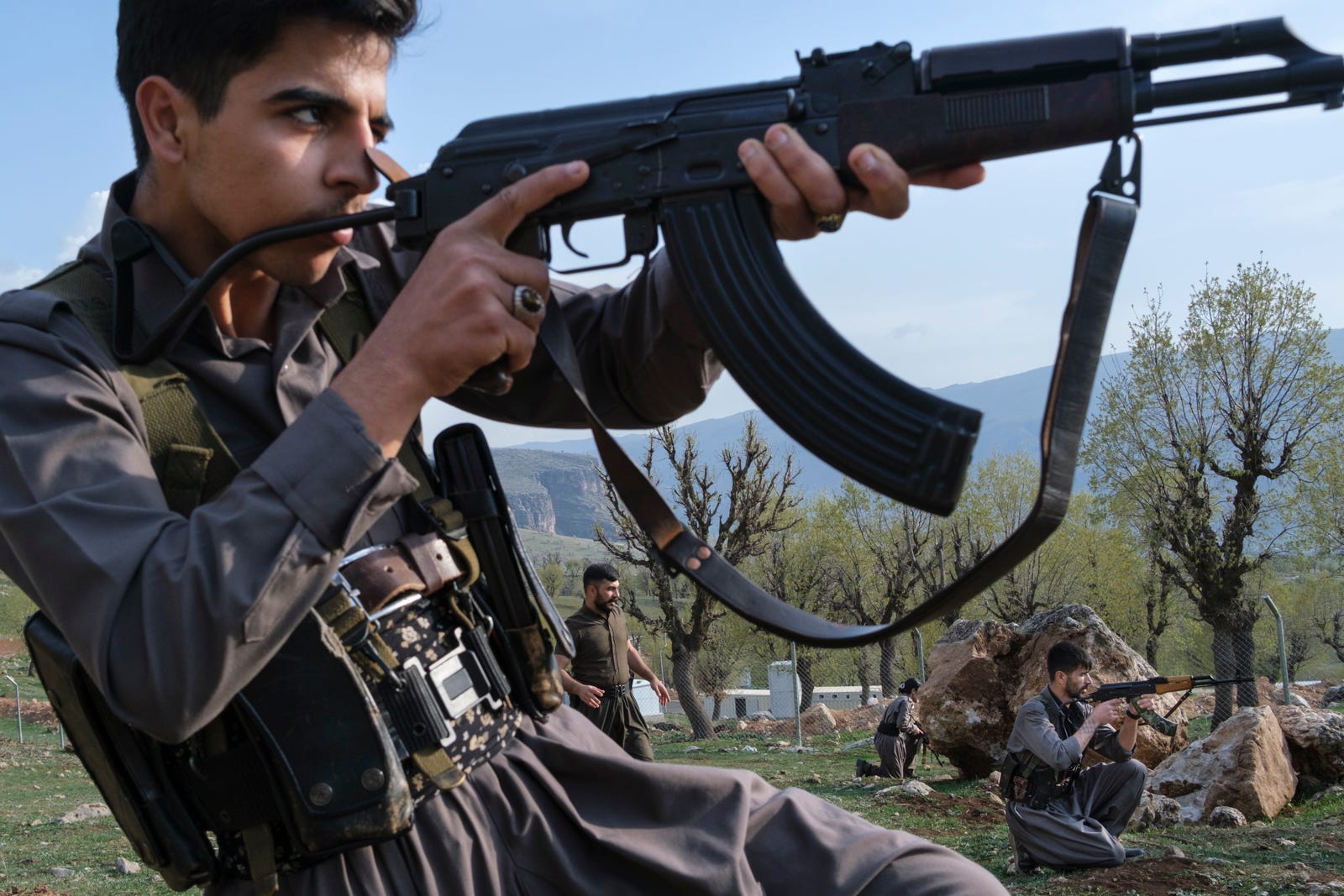
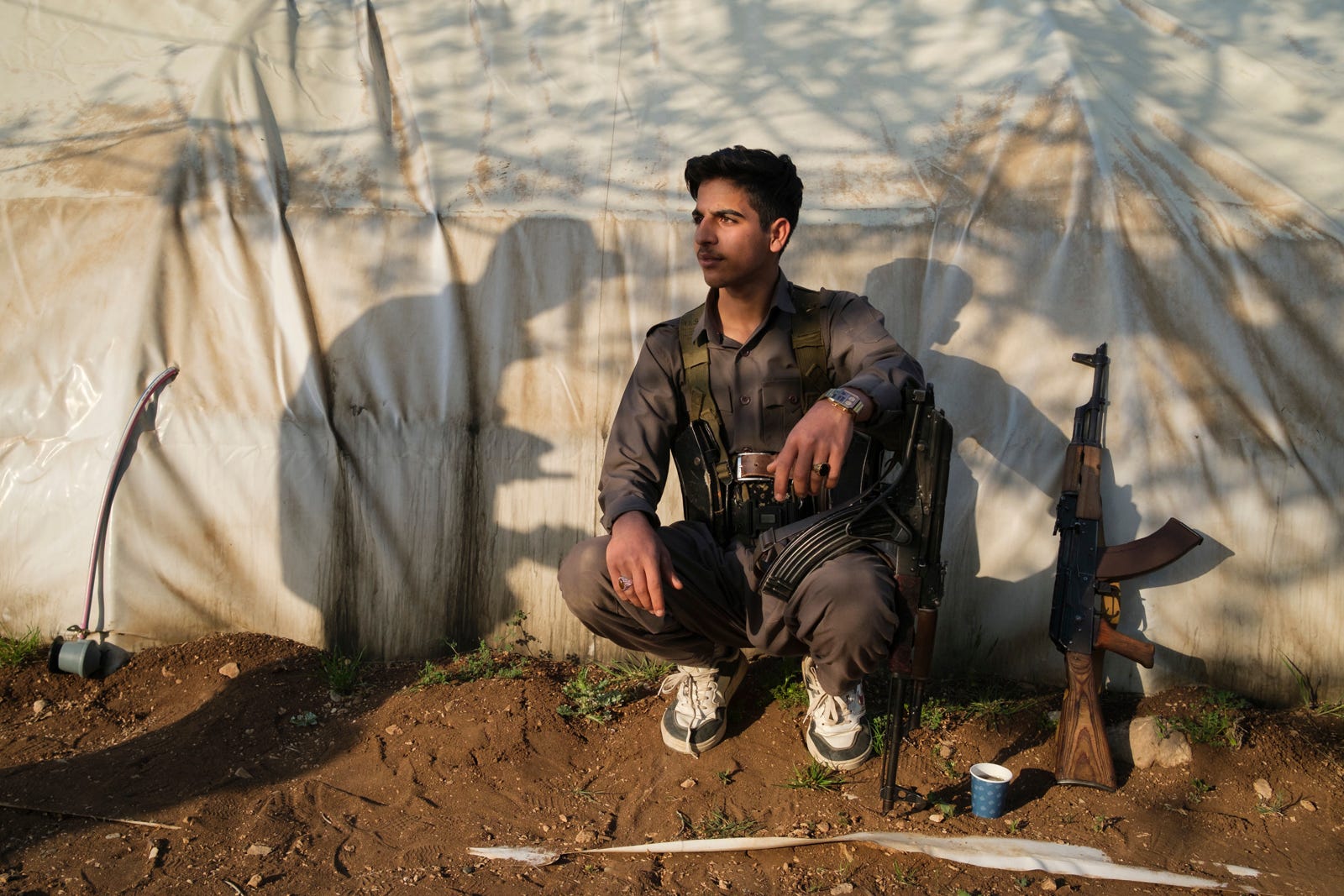


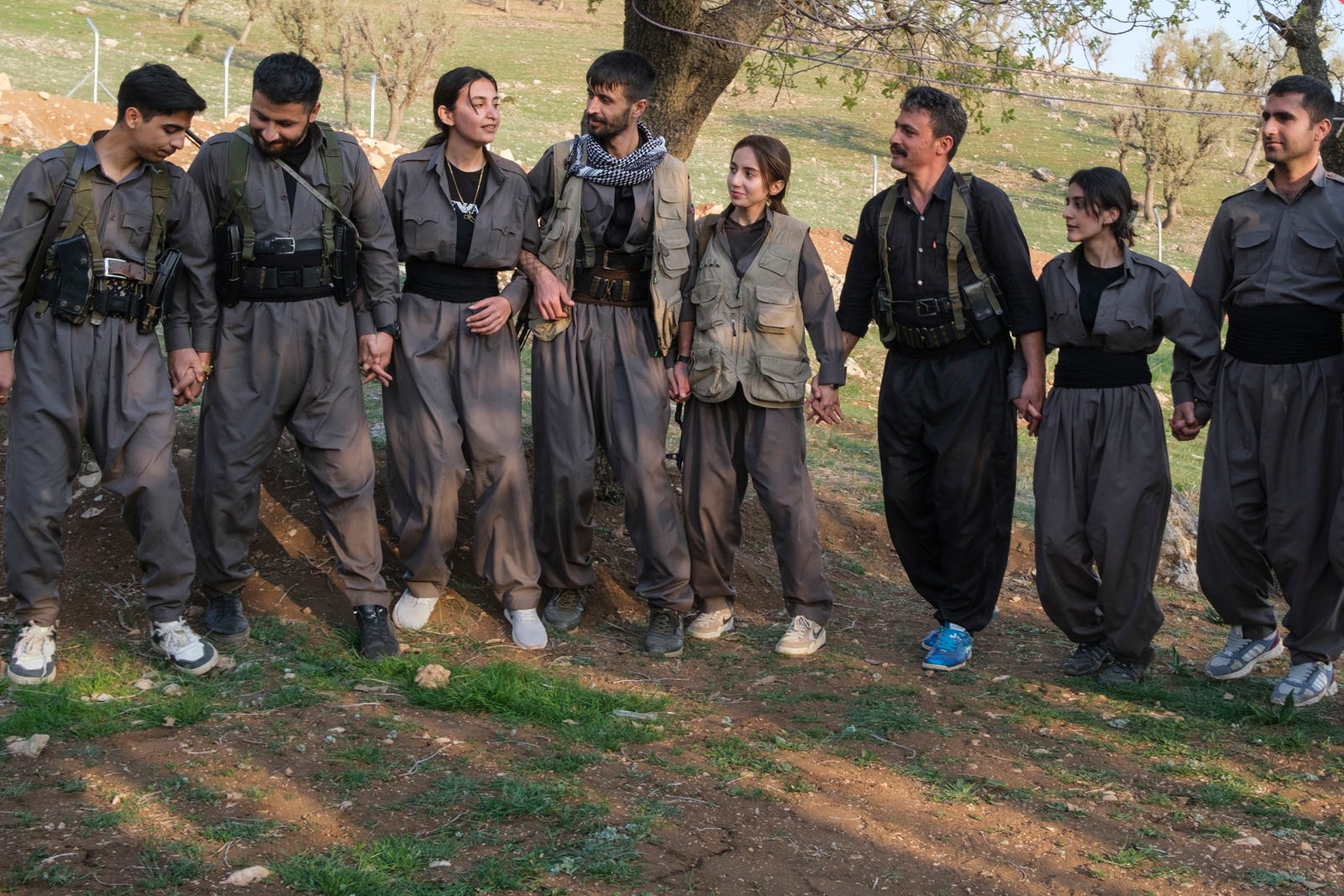
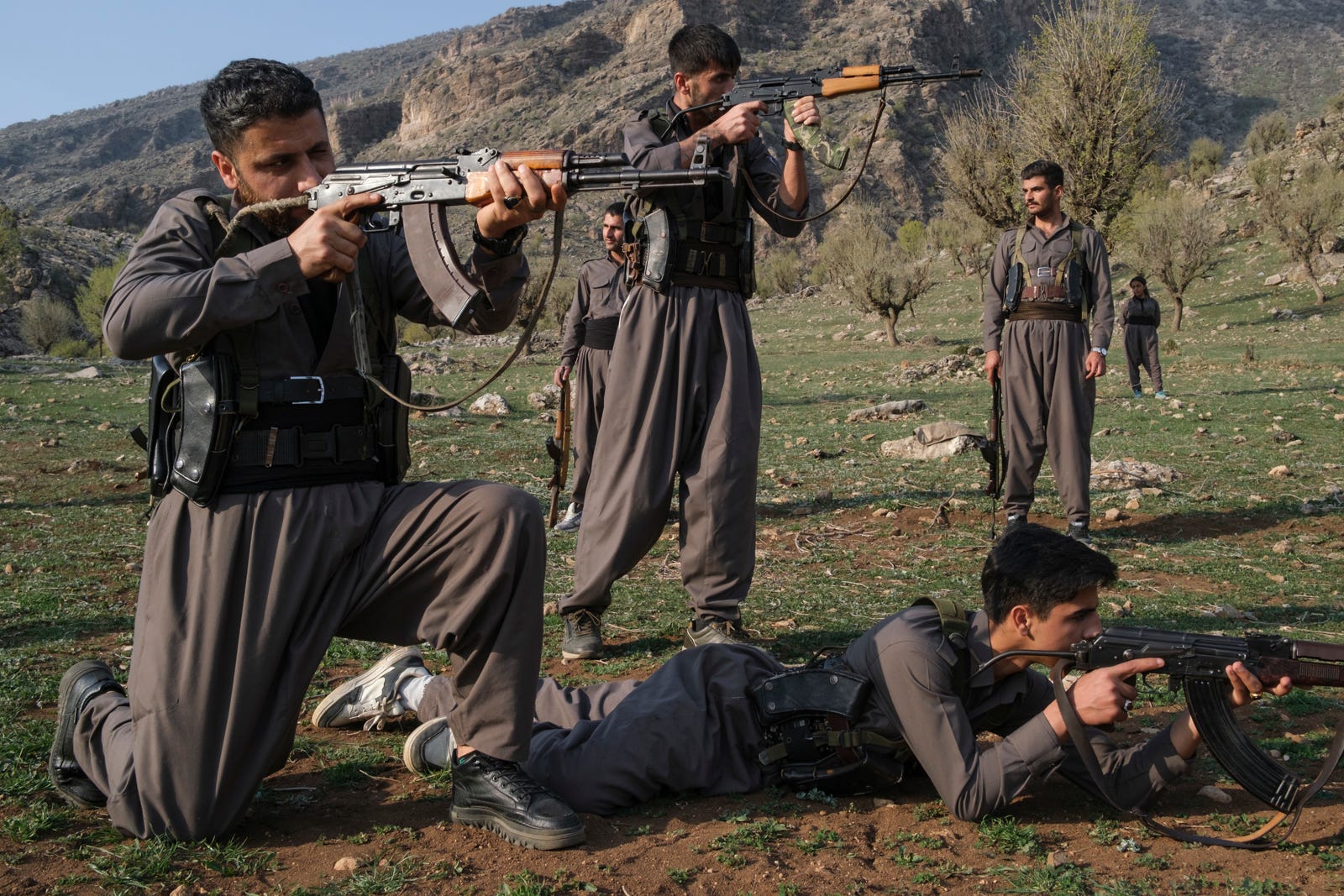
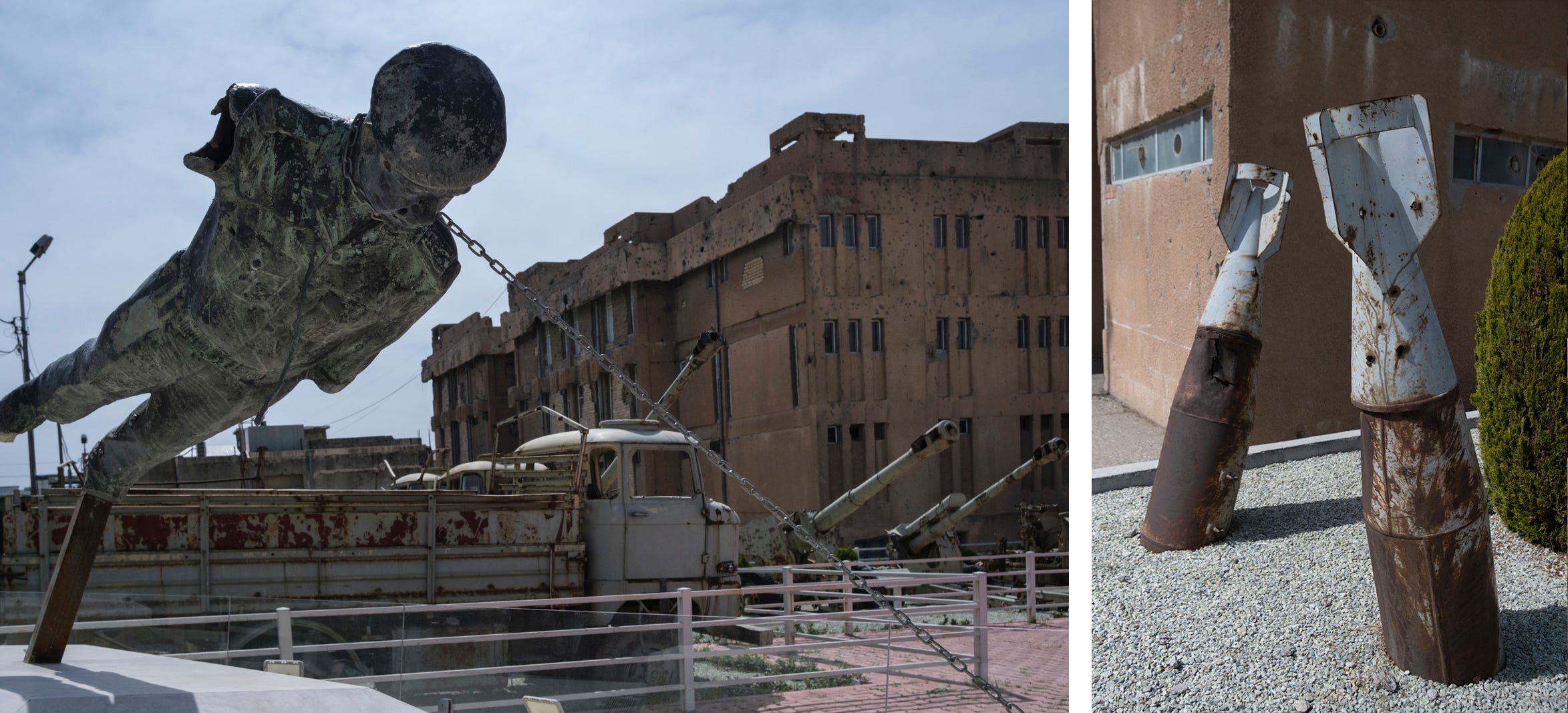
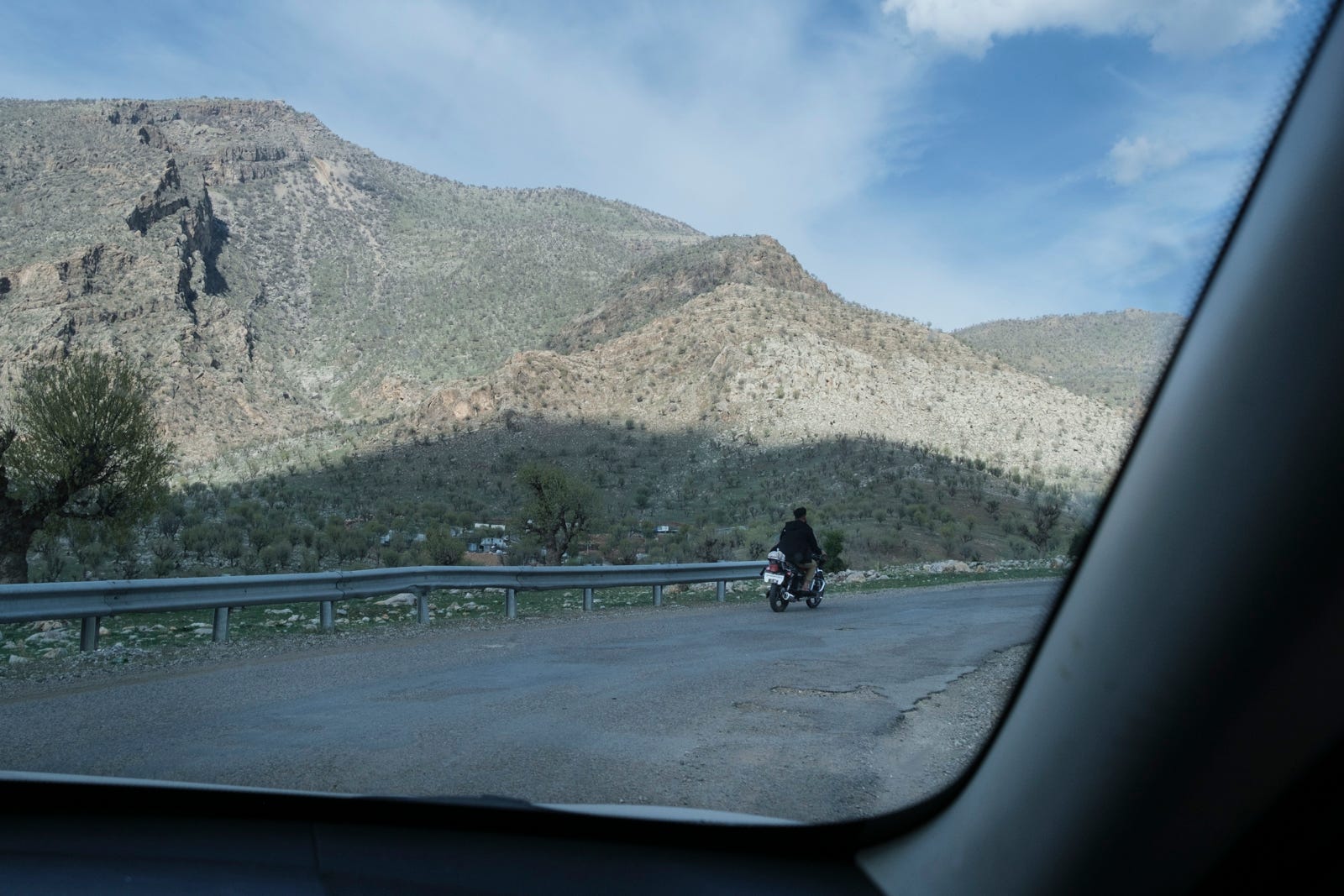


Fantastic article. Bravo.
I like how you described the people to establish a sense of place. 🙌